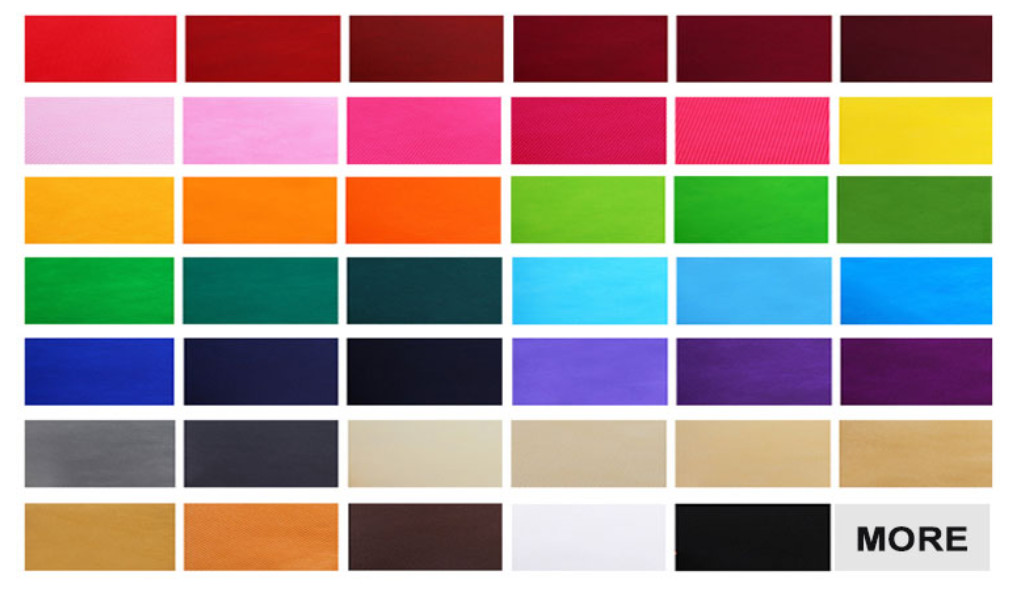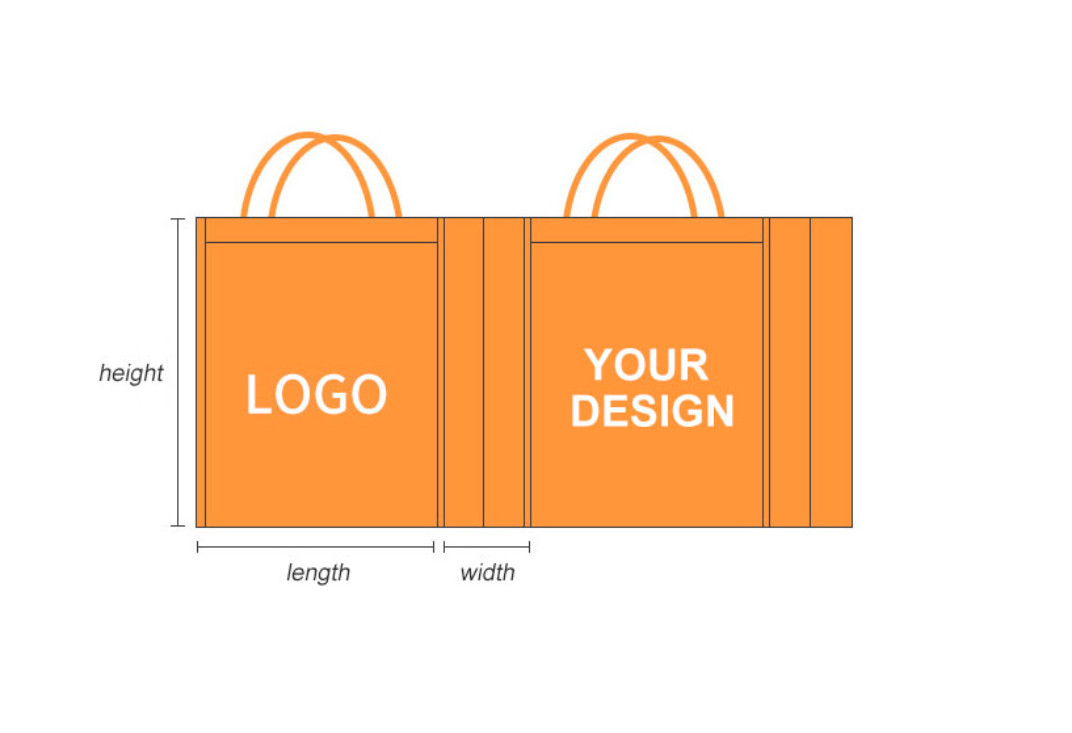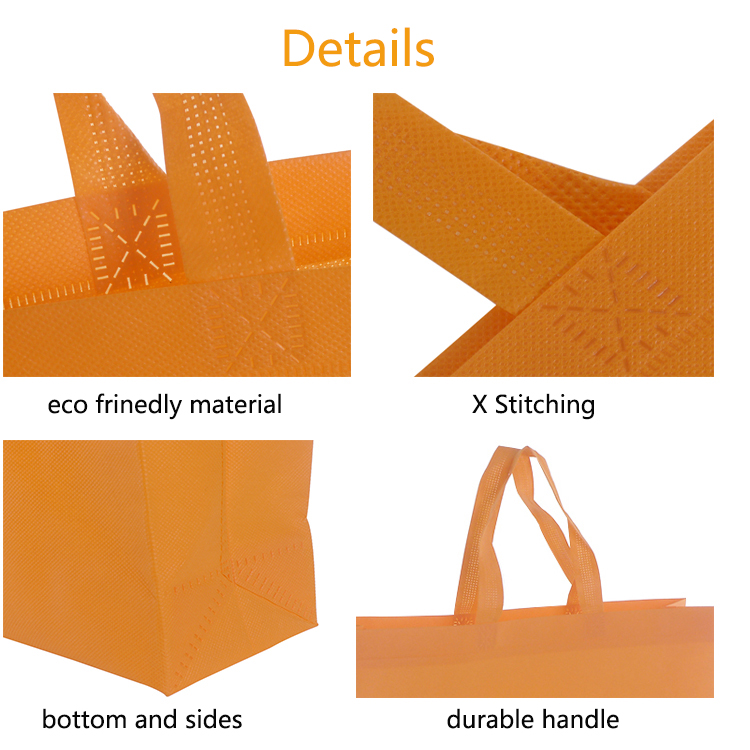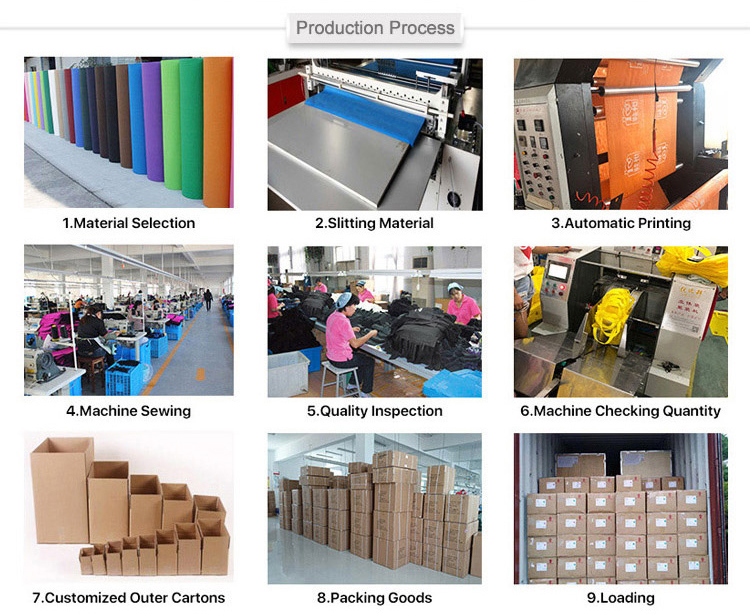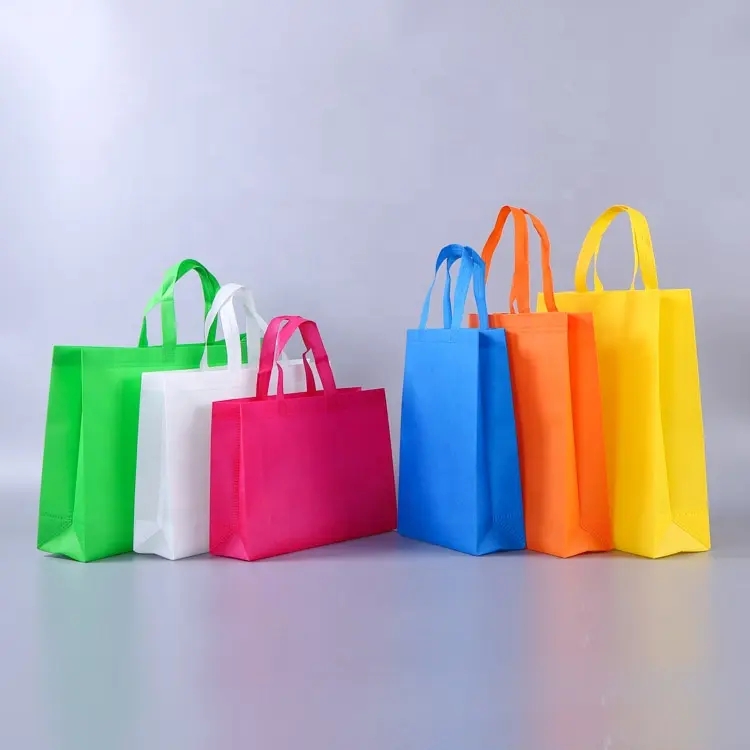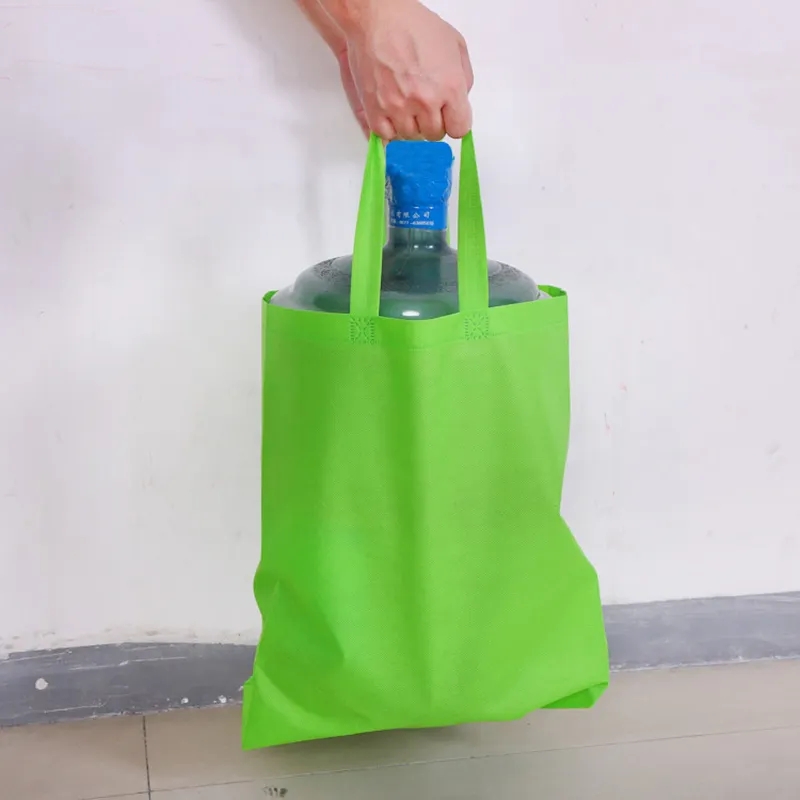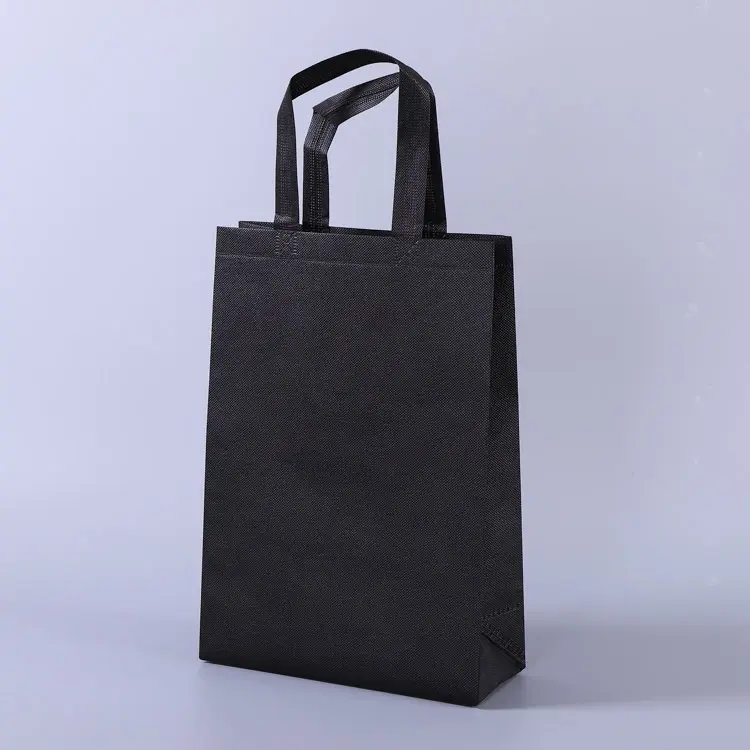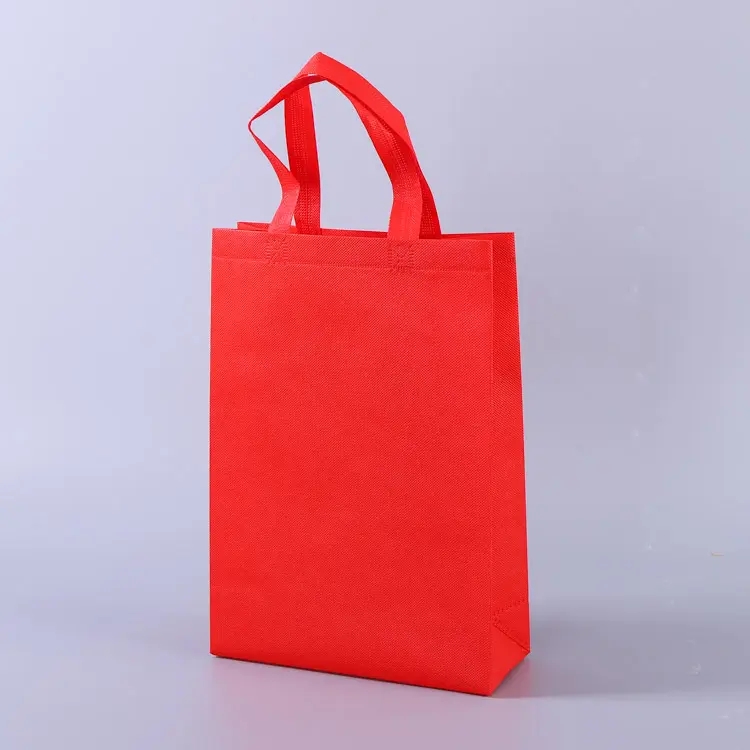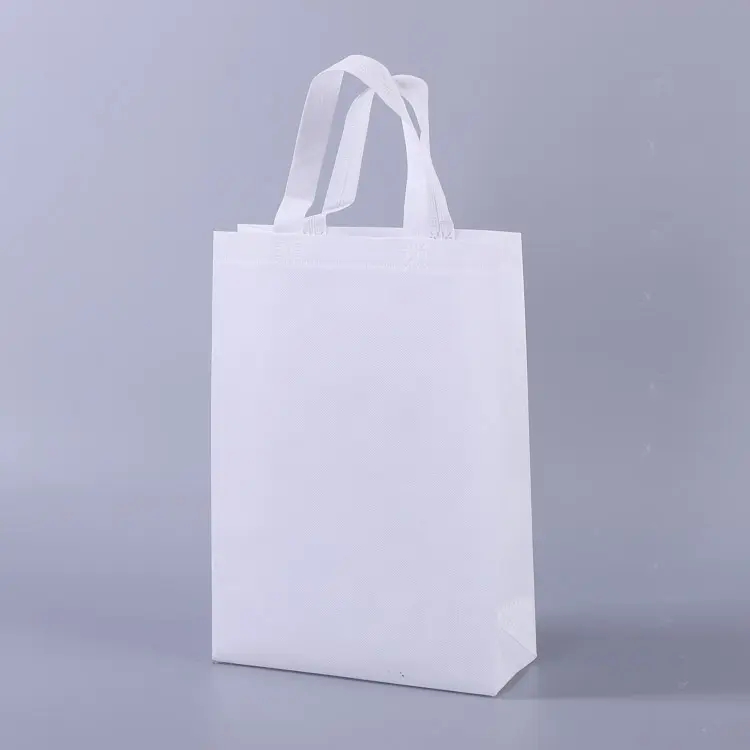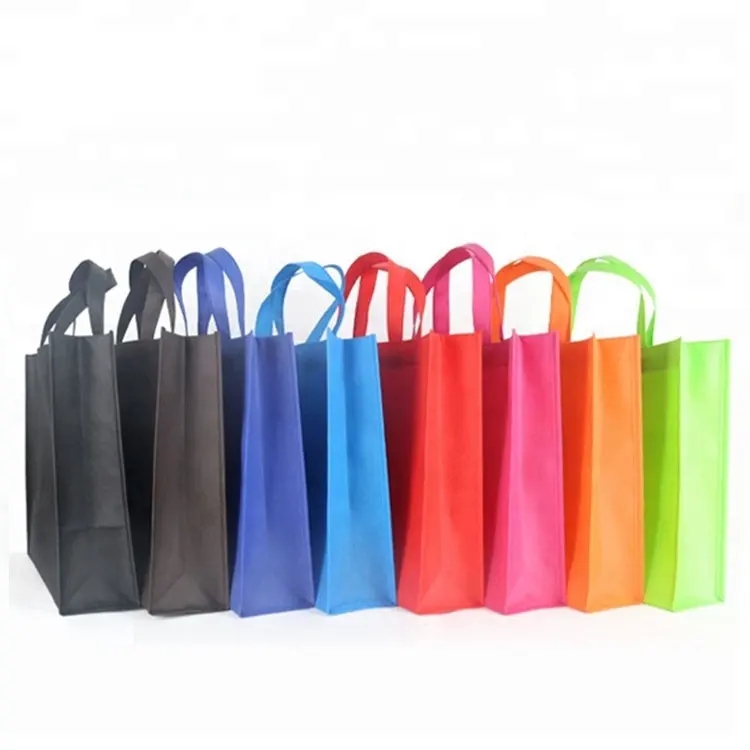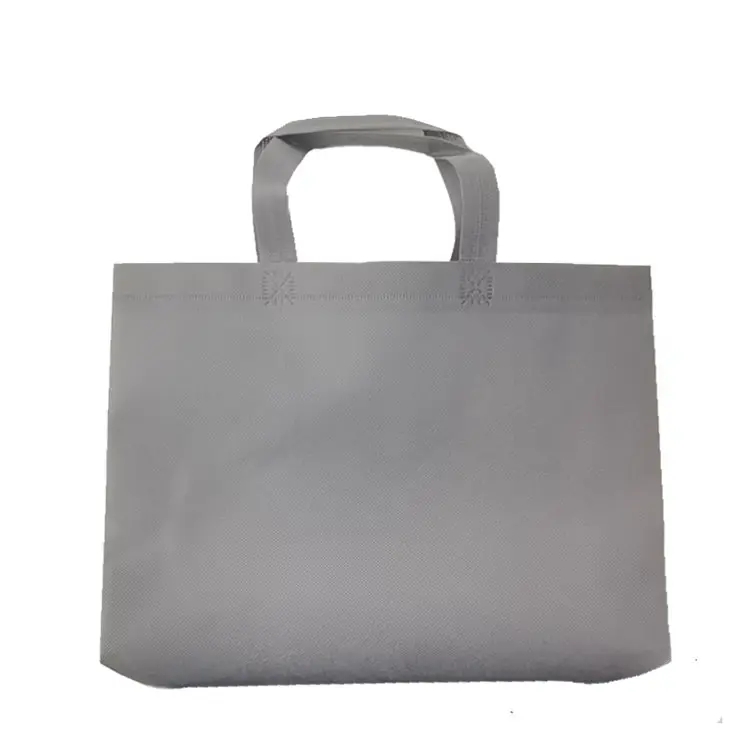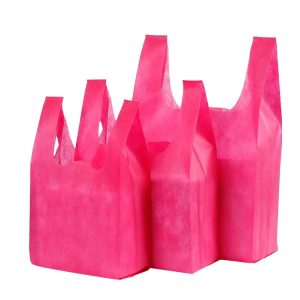Non-Woven Bags: A Sustainable Shift Towards Greener Carrying Solutions
Introduction: In the contemporary drive for sustainability, non-woven bags have emerged as a groundbreaking alternative to traditional plastic bags. These versatile, eco-friendly carriers have garnered attention for their durability, reusability, and environmentally conscious manufacturing methods. This article delves into the unique features, advantages, and intricacies of producing non-woven bags, emphasizing their vital role in combating plastic pollution and fostering responsible consumer habits.
The Role of Non-Woven Bags in Sustainability: Non-woven bags are crafted from long fibers bonded through mechanical, thermal, or chemical processes. Unlike their plastic counterparts, which contribute to environmental degradation, non-woven bags are biodegradable and easily recyclable. Their remarkable strength extends their lifespan, reducing the need for frequent replacements and mitigating waste generation.
Key Attributes and Benefits:
Exceptional Strength and Durability: Non-woven bags excel in bearing heavy loads, making them a reliable choice for a variety of purposes including grocery shopping and everyday errands.
Eco-Friendly Composition: Constructed from natural fibers or recyclable synthetic materials, non-woven bags leave a minimal carbon footprint. Gradually breaking down, they ease the burden on landfills and marine ecosystems.
Sustainable Reusability: Non-woven bags’ durability supports multiple uses, lessening the reliance on disposable plastics. Their washable nature ensures both cleanliness and extended life.
Personalized Expression: Non-woven bags offer customization options, available in various colors, sizes, and captivating designs, merging practicality with aesthetic appeal.
Economic and Environmentally Prudent: While non-woven bags may entail a slightly higher upfront cost, their extended lifespan translates to long-term savings, surpassing the transient nature of plastic bags.
Unveiling the Manufacturing Process: The production of non-woven bags involves several intricate stages:
Web Formation: Meticulous arrangement of long fibers creates a web-like structure using techniques such as spinning, carding, or air-laid methods.
Bonding: These fibers undergo mechanical (needle punching), thermal (heat bonding), or chemical (adhesive bonding) processes to achieve structural integrity.
Precise Cutting and Shaping: The bonded fabric is meticulously cut and shaped into desired bag dimensions.
Artistic Finishes: Intricate designs are imprinted using eco-friendly inks. The bags are then enhanced with handles, zippers, or other utilitarian closures.
Championing Sustainability Together: By embracing non-woven bags over single-use plastics, individuals actively contribute to a healthier environment. Retailers that offer non-woven bags showcase their commitment to sustainability, prompting customers to reflect on their role in preserving the planet.
Conclusion: Non-woven bags embody the fusion of durability and ecological consciousness in the realm of carrying solutions. Their innovative production techniques, combined with their resilience, reusability, and recyclability, position them as indispensable tools in tackling plastic waste and embracing a more sustainable future. By making the conscious choice to incorporate non-woven bags into daily life, you embark on a journey to safeguard the planet for present and future generations, all while embracing a practical and stylish accessory.
